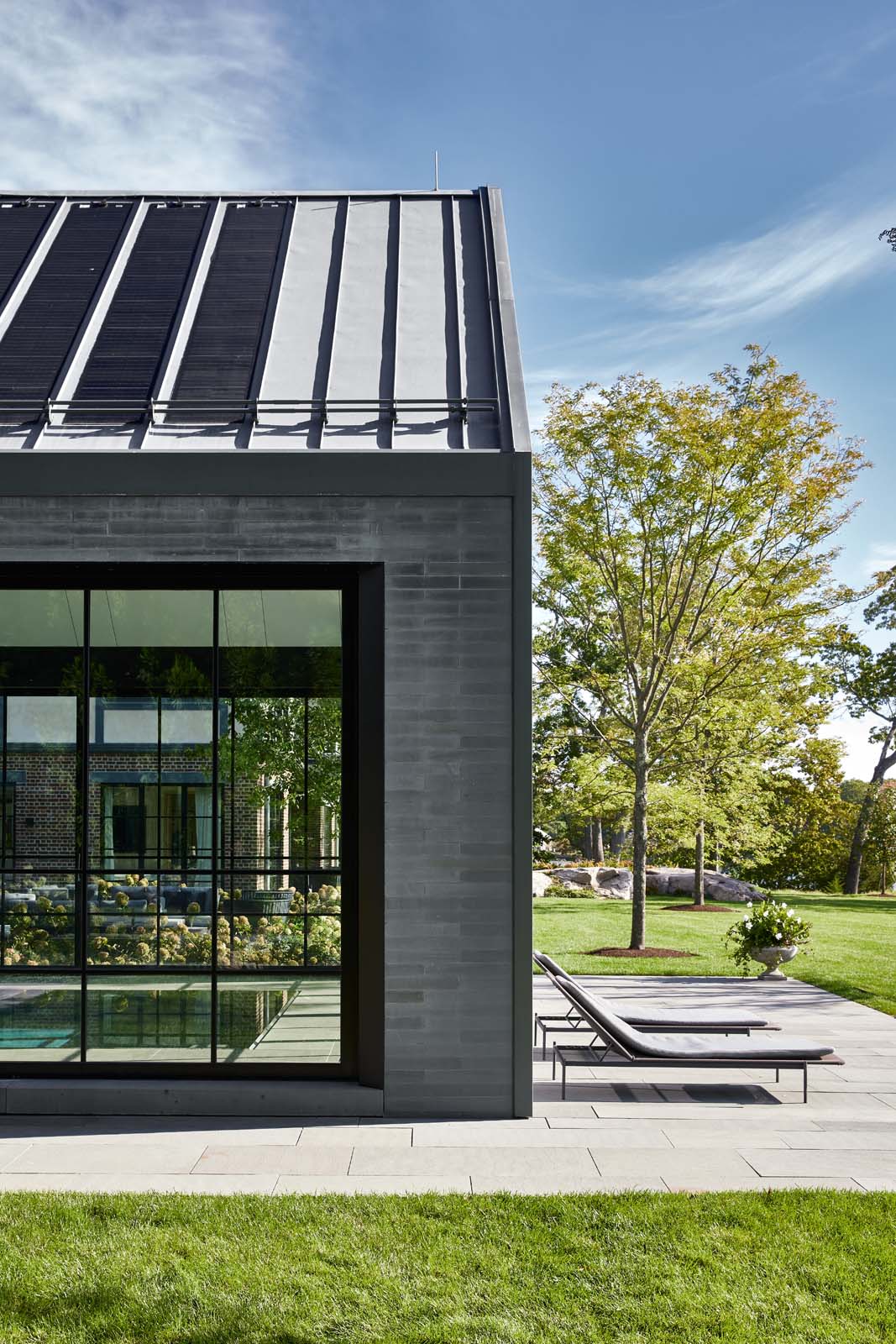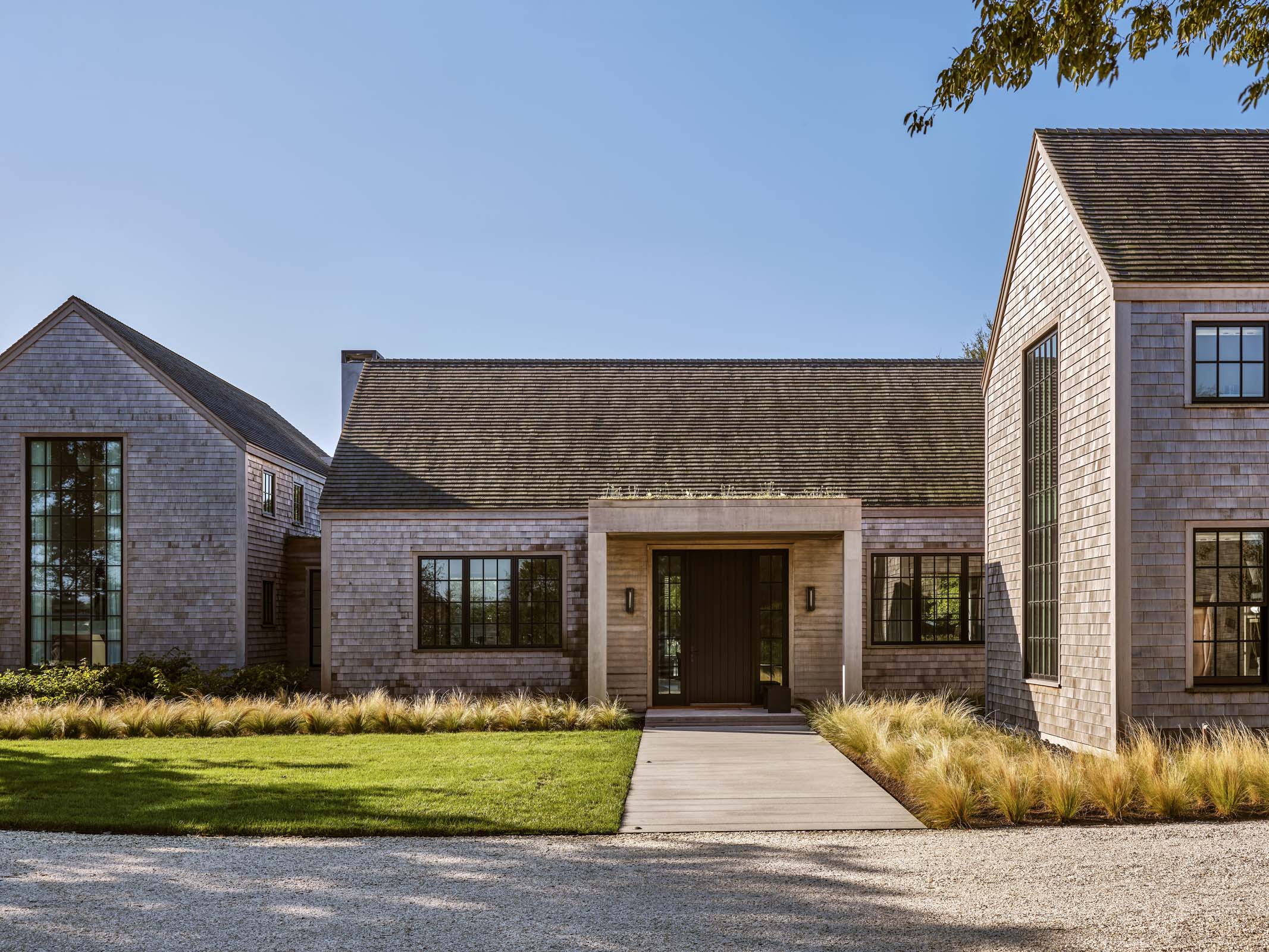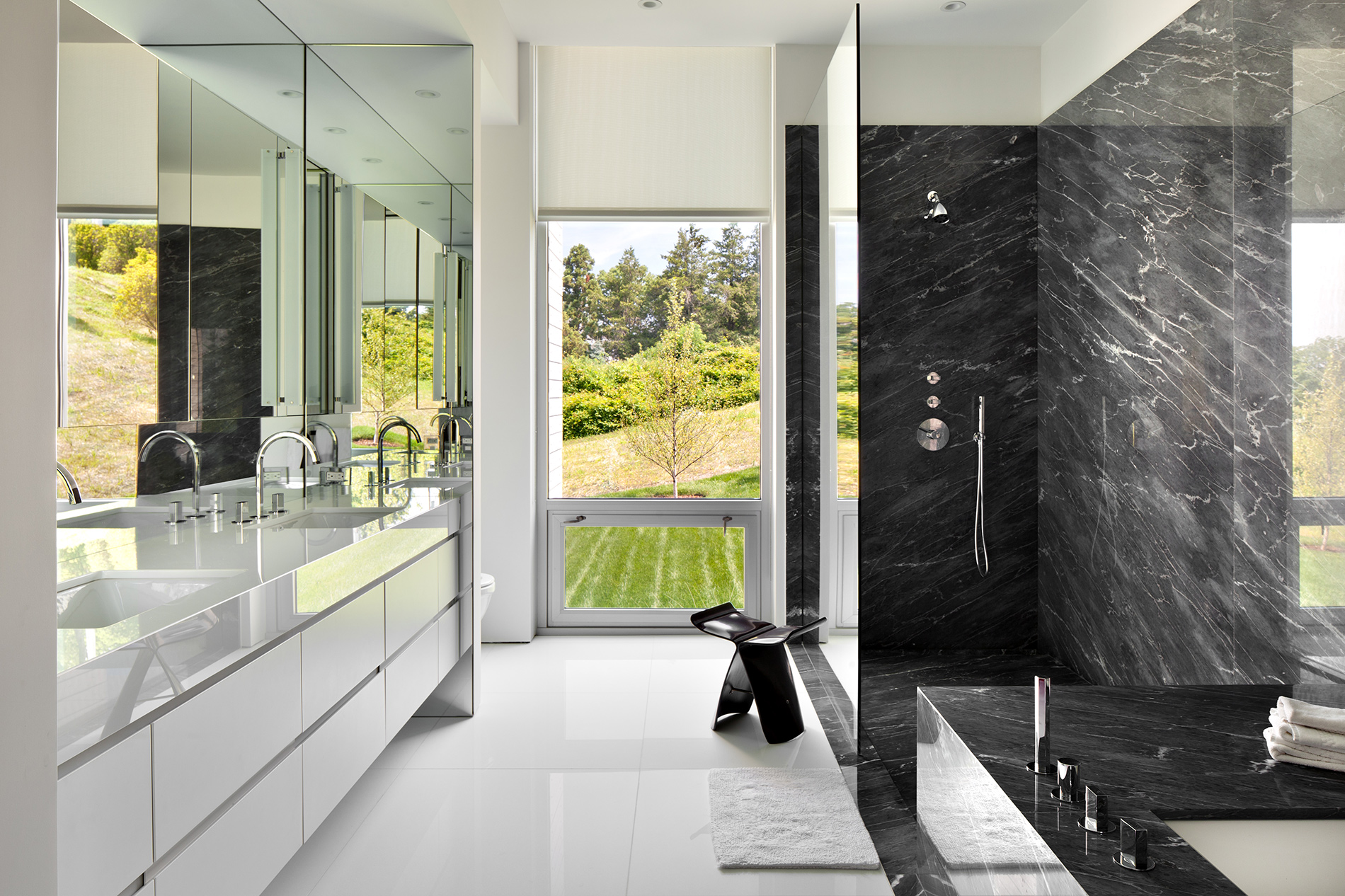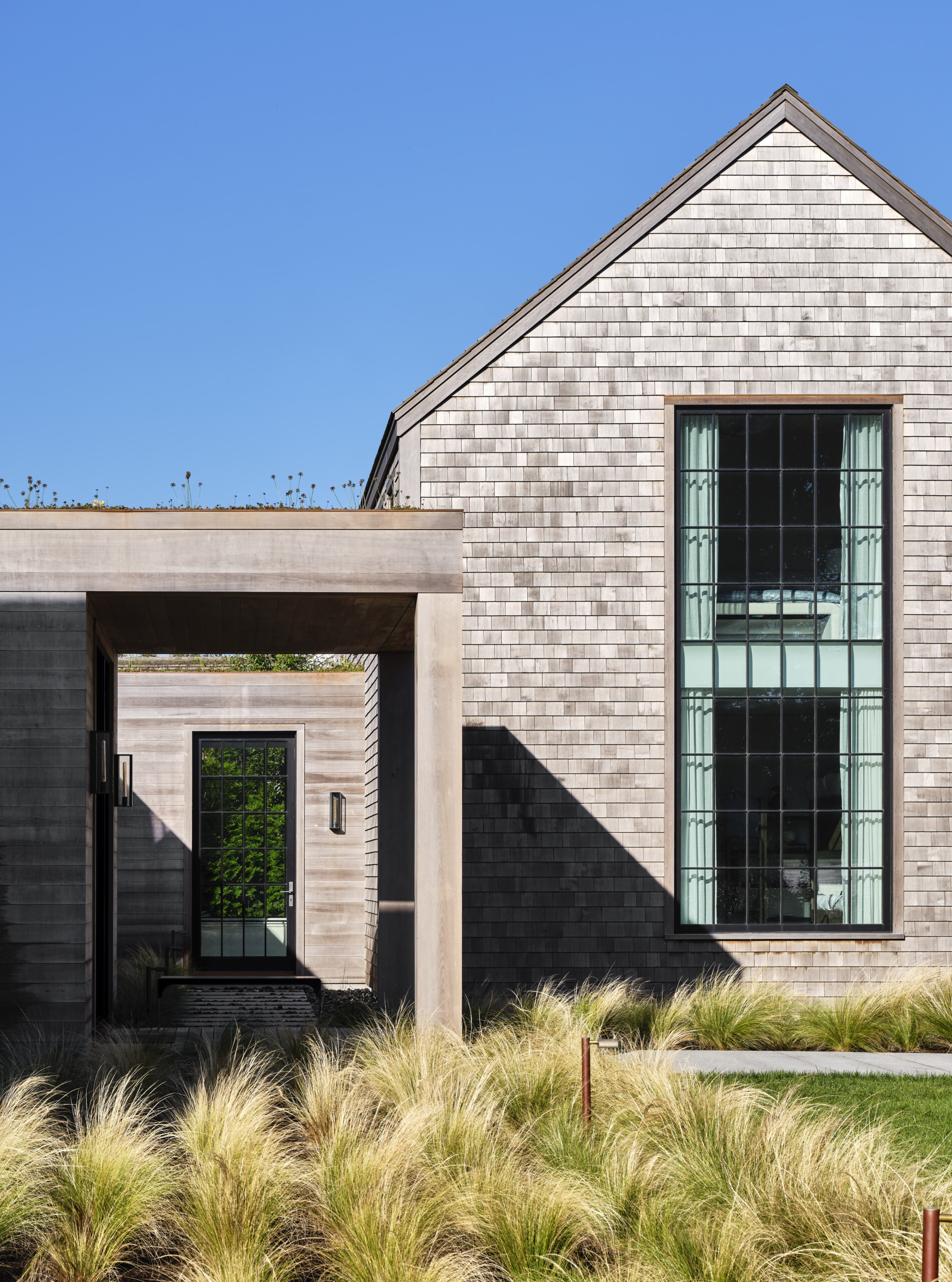
Advancing Single-Family Sustainability
As architects and designers, we know that more sustainable lifestyles begin at home. When building a single-family residence from the ground up, many opportunities arise throughout the design process to opt for or introduce more environmentally friendly elements. Some of the most common (and common sense) choices include implementing renewable energy sources, waste–minimizing fixtures, and energy-efficient home layouts – all of which allow residents to live more sustainable lives in a cost effective, easy way.


Geothermal Systems
Almost all of Workshop/APD’s coastal homes and, increasingly, new builds in other locales, include geothermal energy systems from the outset. Homeowners benefit over time from implementing a geothermal system – despite an initial cost for installation, energy savings not only break even, but increase the home’s overall value.
Solar energy:
Another way to incorporate renewable energy in a home is through solar panels. Typically installed onto a roof, modern homes with flat roofs make great surfaces, but they can easily be worked into any structure. Rather than a generator, these power sources flow into a battery through a conduit leading up to the panels – ideally a consideration before construction. Though many towns have zoning restrictions on rooftop panels, a ground array on the property is often an alternative.
Waste-Minimizing Fixtures:
Low flow faucets, water leak detectors, and automatic lights can conserve utilities without a conscious effort from residents. These appliances can not only reduce one’s carbon footprint- they can also save hundreds of dollars a year in expenses and raise a home’s value exponentially. As a modern design firm, we see anything that simplifies living as an asset to a home, and these fixtures achieve that in more ways than one.

Layout of rooms, zones:
From the early design stages of a project, we consider how rooms are laid out and how they’ll be used throughout the day. This means orienting spaces for optimal light and temperature at a given time of day so that they require less energy consumption to heat, cool, or illuminate. For example, we wouldn’t put a media room in a place with sun streaming through the windows since it functions better in the dark.

Green roofs:
Instead of a house absorbing all the heat from the sun, a green roof can soak up that excess energy and use it to become something beautiful. But a green roof can save energy in the winter as well, with its plant beds acting as an insulator to the house. The plant beds also absorb stormwater, preventing it from running off into nearby bodies of water, and aid in the preservation of nature in the surrounding area, potentially supporting pollinator populations, too. Green roofs even provide natural sites for carbon sequestration, a process that occurs naturally in plants, mitigating the effects of climate change.
Local, sustainable, & natural materials:
Much of sustainability boils down to the materials we specify, and where they come from. Wherever possible, we source natural materials from the region where the home is located to mitigate emissions from long-distance shipping, as well as the costs. Using granite that was excavated in the area – especially for landscaping – is a perfect way to source sustainably.
Landscaping:
On the topic of landscaping, we aim to honor the native environment and cause minimal disruption. Working with local conservation commissions and agencies, we learn how to protect endangered species that may be near site. Through onsite rainwater collection, native plantings, and moving trees to avoid cutting them down entirely, we can reduce potential disturbances to the site of a new home.